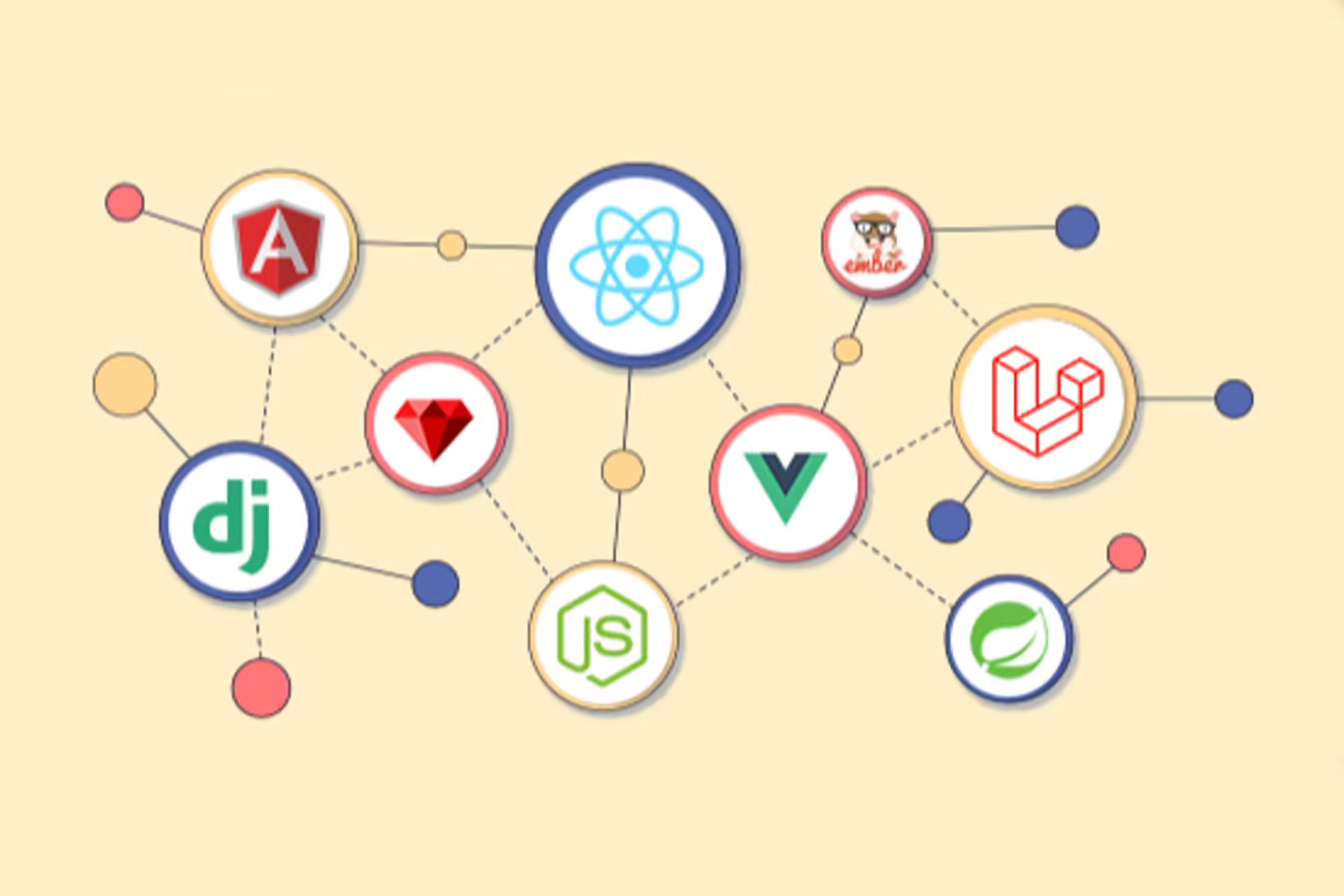The Evolution of Mobile Development: Major Languages, Advantages, and Challenges
Mobile development has evolved at a rapid pace, fundamentally changing how we interact with technology. From the earliest days of mobile phones, which only allowed basic functionality like calling and texting, we now have powerful smartphones capable of running complex applications. This transformation has created an entire industry dedicated to building mobile apps that enrich our lives. Let’s dive into the history of mobile development, explore the major programming languages used today, and discuss the advantages and challenges developers face. Mobile App Development
A Brief History of Mobile Development
The journey of mobile development began in the 1990s with the advent of the first mobile phones, which had basic operating systems and could run only simple, pre-installed applications. As mobile devices evolved, so did their software, with the release of early platforms like Palm OS and Symbian in the late 1990s and early 2000s.
The game-changing moment in mobile development came in 2007 with the introduction of the iPhone. Apple’s revolutionary device brought with it the iOS operating system, an App Store, and new opportunities for developers to create and monetize apps. Around the same time, Android entered the scene, giving developers another platform to build for. Since then, the mobile app industry has grown exponentially, with billions of apps downloaded across both iOS and Android devices.
Major Languages for Mobile Development
Developers today have a variety of tools and programming languages at their disposal to build mobile apps. Some of the most popular languages and frameworks are:
1. Flutter
Flutter, developed by Google, is one of the most popular cross-platform frameworks for mobile development. It allows developers to build natively compiled applications for iOS, Android, and even web and desktop using a single codebase.
- Language: Dart
- Advantages: Flutter provides fast development, thanks to its “hot reload” feature, which lets developers see changes in real time without restarting the app. It also offers a rich set of pre-designed widgets that give apps a polished, native look on both Android and iOS.
- Disadvantages: Although it is highly efficient for most tasks, Flutter apps tend to be larger in size compared to native apps. Additionally, while Dart is gaining popularity, it is still less commonly known compared to languages like Java or Swift.
- Where to Learn:
2. Swift
Swift is Apple’s powerful and intuitive programming language designed specifically for iOS, macOS, and watchOS development. It was introduced in 2014, replacing Objective-C as the primary language for building Apple apps.
- Language: Swift
- Advantages: Swift is designed to be fast and modern. It simplifies code writing and helps prevent common programming errors, making development smoother. Since Swift is tailored for iOS, apps written in Swift tend to perform better on Apple devices compared to cross-platform apps.
- Disadvantages: Swift is iOS-specific, which means it is not useful for developers targeting Android or other platforms. Additionally, while it is easier than Objective-C, it still requires developers to invest time in learning its nuances.
- Where to Learn:
3. Kotlin
Kotlin is a modern programming language that has become the preferred language for Android development. Introduced by JetBrains in 2011 and officially supported by Google since 2017, Kotlin offers many enhancements over Java, which was historically the dominant language for Android development.
- Language: Kotlin
- Advantages: Kotlin is concise, expressive, and interoperable with Java, meaning developers can use it alongside existing Java code. It reduces the amount of boilerplate code, making the development process more efficient. It also helps prevent null pointer exceptions, a common source of crashes in Android apps.
- Disadvantages: While Kotlin is versatile, developers working with older codebases may find it challenging to migrate fully from Java. Additionally, Kotlin’s relatively recent introduction means there are still fewer learning resources compared to Java.
- Where to Learn:
- Kotlin Official Website
- Coursera: Android App Development with Kotlin
- Udemy: Kotlin for Beginners
4. React Native
React Native, developed by Facebook, is another popular cross-platform framework. It allows developers to build mobile apps using JavaScript and React, a well-known framework for building user interfaces.
- Language: JavaScript
- Advantages: React Native enables developers to use one codebase to build apps for both Android and iOS, significantly speeding up the development process. It also leverages native components, ensuring the app feels and performs like a native app.
- Disadvantages: Performance can sometimes lag compared to fully native apps, particularly for graphically intensive applications. Debugging and maintaining large-scale React Native apps can also be more challenging due to JavaScript’s dynamic nature.
- Where to Learn:
5. Java
Java has been a long-standing language in the mobile development world, particularly for Android. Though Kotlin has become the preferred choice, Java remains widely used, especially for maintaining older Android apps.
- Language: Java
- Advantages: Java is a stable and mature language with a vast ecosystem of libraries and tools. It’s an object-oriented language, which makes it great for large-scale applications, and it’s still widely taught and supported.
- Disadvantages: Java can be more verbose, requiring more lines of code to accomplish the same tasks as Kotlin. This can slow down development and make the codebase harder to maintain.
- Where to Learn:
- Where to Learn:
Major Advantages of Mobile Development Today
Mobile development offers several advantages in today’s connected world:
- Cross-Platform Development: With tools like Flutter and React Native, developers can now build apps for multiple platforms from a single codebase, saving time and resources.
- Global Reach: Mobile apps allow businesses and individuals to reach users all over the world. Apps on Google Play and the App Store can be downloaded by millions, making mobile development a powerful tool for scaling.
- Monetization: Developers can monetize their apps in various ways, including in-app purchases, subscriptions, and ad revenue. The app economy is projected to generate billions of dollars each year.
- Rapid Growth in Innovation: Technologies like augmented reality (AR), artificial intelligence (AI), and machine learning (ML) are being integrated into mobile apps, pushing the boundaries of what’s possible.
Challenges and Disadvantages
Despite its many advantages, mobile development comes with its own set of challenges:
- Platform Fragmentation: With so many different devices, screen sizes, and operating systems, it can be difficult to create apps that run smoothly across all of them. Android, in particular, has a highly fragmented ecosystem.
- Performance: Cross-platform apps may not always perform as well as native apps. Native apps are optimized specifically for their operating systems, giving them an edge in speed and responsiveness.
- Learning Curve: Developers must keep up with rapidly changing languages, frameworks, and tools. For those entering the field, the wide variety of options can feel overwhelming.
- App Store Policies: Both Apple and Google have strict guidelines for apps that appear in their stores. Getting approval can be a time-consuming process, and changes to policies can affect app distribution and monetization.
Conclusion
Mobile development has come a long way since the early days of basic phone apps. Today, developers have access to powerful languages and frameworks that make it easier to create high-performance, cross-platform applications. While the field continues to evolve with new challenges, the potential for innovation in mobile development is greater than ever. Whether you’re a developer or a business looking to launch an app, understanding the major tools and trends in mobile development is crucial for success in this dynamic industry. Mobile App Development




3 thoughts on “Mobile App Development: Key Languages, Benefits, and Challenges”